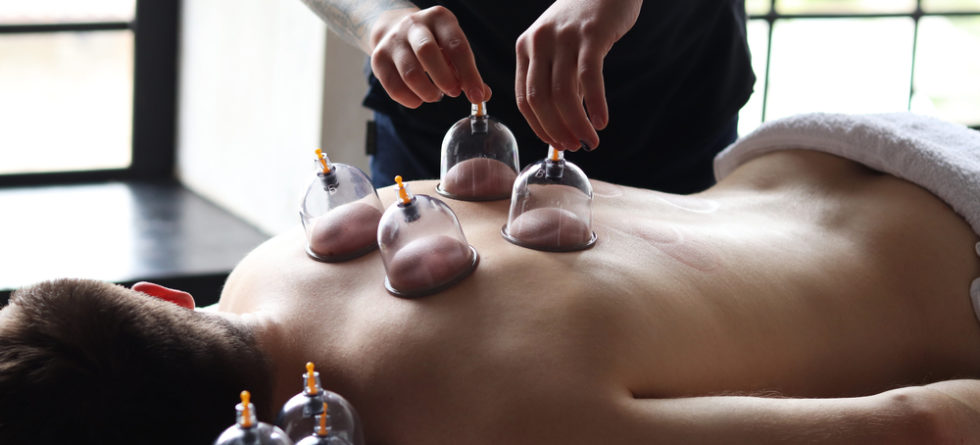Cupping is a traditional therapy that involves placing cups on the skin and creating a vacuum to draw the skin and underlying tissue into the cup. While cupping has gained popularity in recent years and is used by some athletes, including boxers, it is essential to understand its potential benefits, limitations, and considerations for its use.
Potential Benefits of Cupping for Boxers:
- Pain Relief: Cupping may provide temporary pain relief by promoting blood flow to the treated area and releasing muscle tension. This can be helpful for boxers who experience muscle soreness or tightness.
- Improved Recovery: Cupping may enhance post-training or post-fight recovery by reducing muscle soreness and promoting the body’s natural healing processes.
- Enhanced Circulation: The vacuum effect created by cupping can help stimulate blood circulation, potentially improving oxygen and nutrient delivery to the muscles.
- Mental Relaxation: Cupping can have a relaxing and calming effect, which may benefit boxers in terms of mental stress reduction.
Considerations for Cupping in Boxing:
- Individual Response: The effectiveness of cupping can vary among individuals. Some may find it highly beneficial, while others may not experience the same effects.
- Temporary Effects: Cupping may provide temporary relief, and its effects may not be long-lasting. Boxers should not solely rely on cupping for recovery and injury management.
- Bruising and Marks: Cupping often leaves circular marks or bruises on the skin, which can be visible for several days. These marks are typically harmless and will fade, but boxers should be aware of their appearance.
- Use in Conjunction with Other Therapies: Cupping is often used as part of a broader recovery and wellness plan, which may include other therapies such as stretching, massage, and ice baths.
- Professional Guidance: It’s important for boxers to seek cupping therapy from a trained and qualified practitioner who understands the technique and can apply it safely.
- Research and Evidence: While anecdotal reports suggest potential benefits, scientific evidence on the efficacy of cupping is limited, and more research is needed to better understand its effects.
Cupping can be considered one of the tools in a boxer’s overall recovery and injury management strategy. However, it should be used in conjunction with other evidence-based methods and under the guidance of healthcare professionals or qualified practitioners. Boxers should prioritize a well-rounded approach to recovery, including adequate rest, hydration, nutrition, and proper training techniques, to optimize their performance and minimize the risk of injuries.




